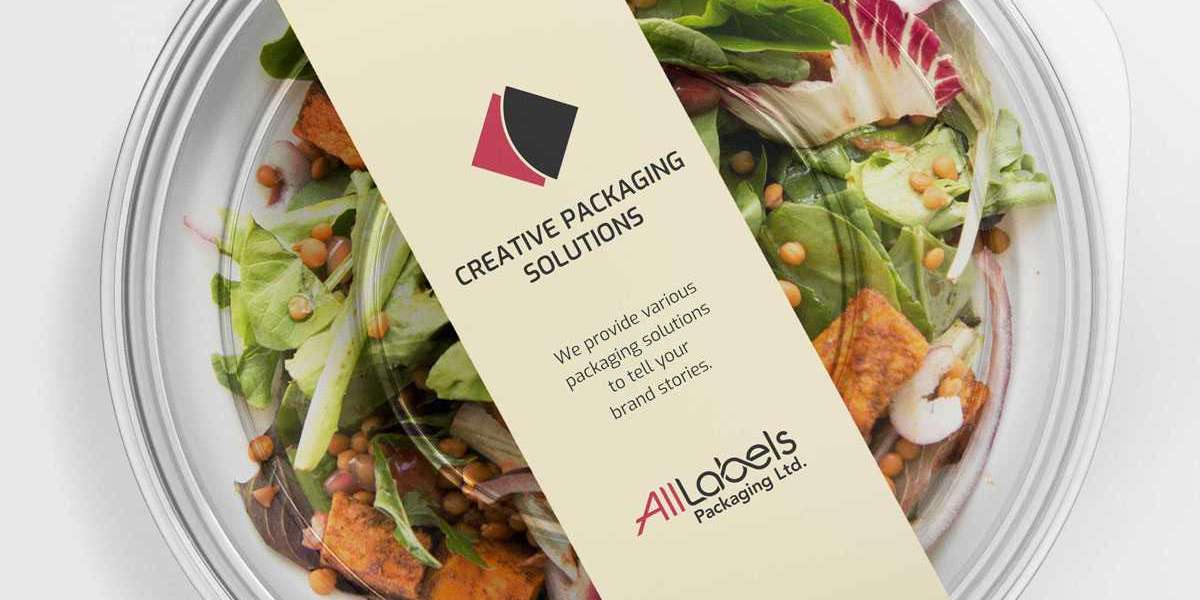All packaged food items must be manufactured with a food label- a food label aims to offer detailed information related to food. A common and easy-to-understand or read food label can offer all the recommendations they'll need to know about a particular food item. Consumers must scan through these food labels to learn about the constituents that make up the food they're about to consume. Furthermore, you can learn about the manufacturing date and check out the food's certification standard. To begin with, the nutritional facts label is the most common one attached to food products.
It consists of a block of facts that offers detailed facts related to the food item. Concisely, this section offers an overall view of the food's upsides or nutritional value. The section is further categorized into three types: serving facts, calories, and nutrients. Serving facts indicate the quantity included within a food packet or the number of people served the food. However, it doesn't recommend the amount of food you must consume. These facts are usually expressed in terms of units or grams. The calories section is an indispensable part for people who're calorie conscious or health-enthusiasts. If you're keeping track of your calorie count to control weight loss or gain, this piece of information plays an important role.
The given amount or the number of calories indicates the number of calories you can get from a particular serving. For example, if a certain label indicates 230 calories (per serving or one cup), you can acquire 460 calories by consuming two cups (230 X 2=460). The nutrient table shows some major nutrients or all the nutrients included or omitted in a food item. The company can indicate this figure in terms of grams or micrograms. This section is vital for those who're suffering from a nutritional deficiency or are avoiding any. Some of the basic nutrients included within this table are carbohydrates, fiber, sugar, fat, sodium, and so forth. Apart from this, it is the responsibility of all brands to include food packaging labels with all products. Companies express recommended Daily Value or RDV in terms of percentage. Here, companies are trying to tell you the number of food servings recommended for your daily diet. More importantly, the section of ingredients plays a pivotal role in ensuring consumers' safety. Consumers can scan through this section to learn about all types of raw materials used in the food item. For example, you can learn about additives, food colors, or preservatives.





